Trimming your rabbit’s nails can be easy and stress-free for you both. Overgrown nails can cause discomfort, affect posture, and lead to injury.
Many owners avoid nail trims because they worry about hurting their pets. The good news? With the right tools and approach, you can do it at home with confidence.
In this blog, we’ll guide you through simple steps. We’ll cover preparing your rabbit and making the trim quick and safe.
Whether you’re a new bunny parent or want to improve your skills, you’ll learn how to keep your rabbit’s nails healthy. We’ll help make the experience calm and efficient for you both.
Gather Your Tools
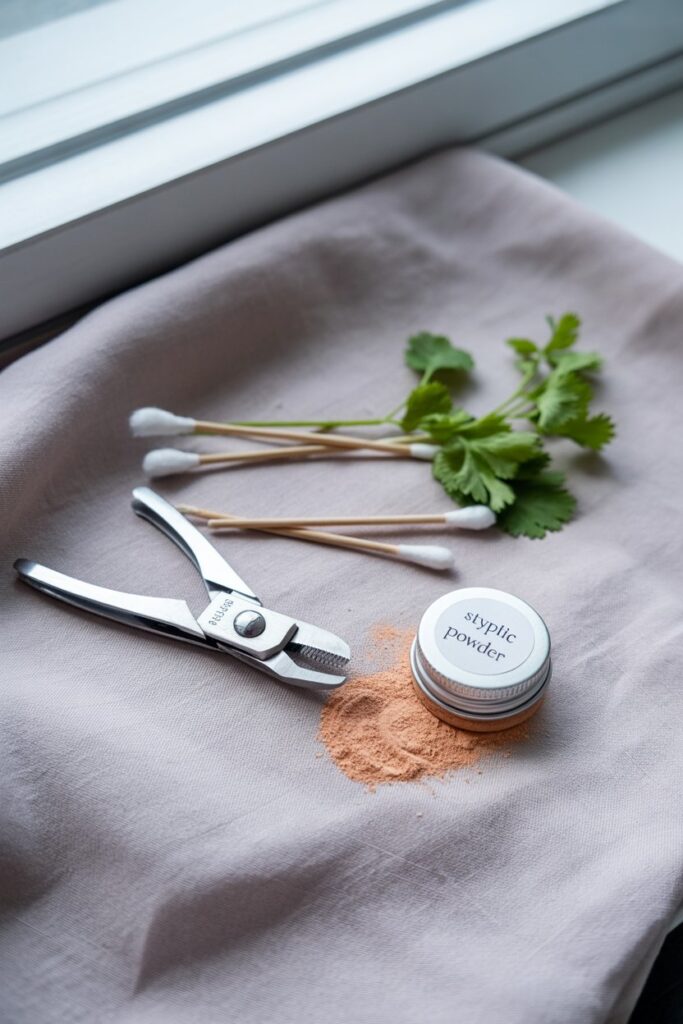
Before trimming your rabbit’s nails, gather your tools. You’ll need nail clippers, a towel to secure your rabbit, and treats for rewards. This helps the process go smoothly and reduces stress.
Having the right tools is key for safe trimming. Use pet-specific nail clippers, as they are sharp and precise. A towel holds your rabbit gently and securely, preventing sudden movements.
Don’t forget the treats! Giving your rabbit a small treat after each trim makes the experience positive. This helps your rabbit link nail trimming with something enjoyable, making future sessions easier for both of you.
Explore top-rated rabbit nail trimmers available now on Amazon
Get Your Rabbit Comfortable
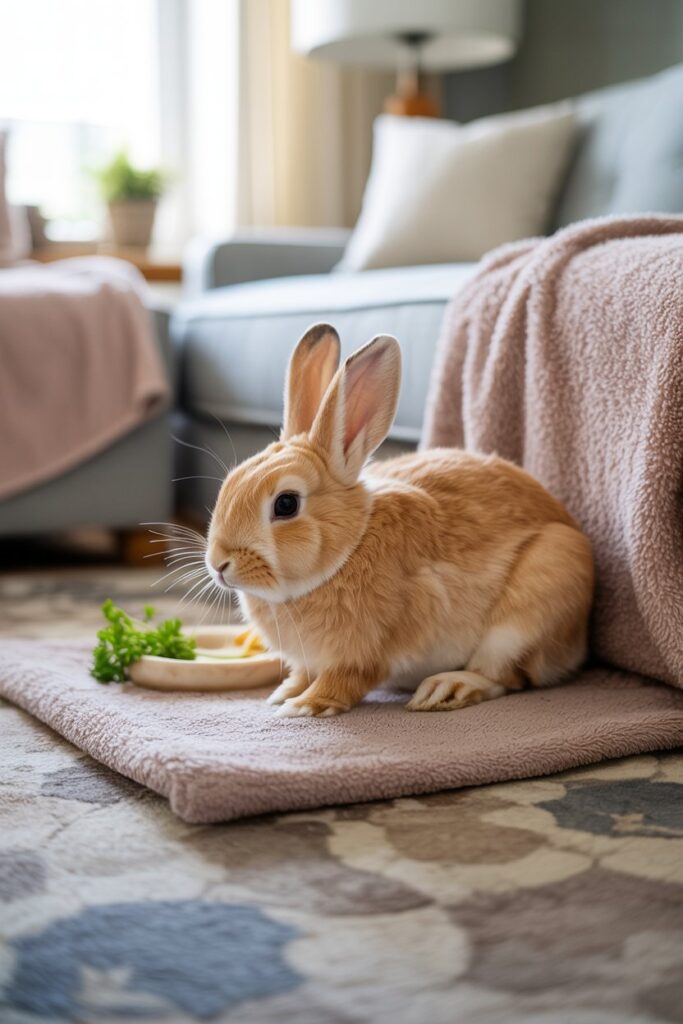
To help your rabbit feel calm, keep their environment quiet. Avoid loud noises to reduce their stress before trimming their nails. A calm rabbit is easier to handle and less likely to get hurt.
Gently wrap your rabbit in a towel. This prevents sudden movements and makes them feel secure. Hold them gently but firmly. This helps the nail trimming go smoothly and safely for both of you.
Handle your rabbit with care to build trust. Speak softly to keep them relaxed. A comfortable, stress-free rabbit makes nail trimming more pleasant for everyone.
Identify the Quick
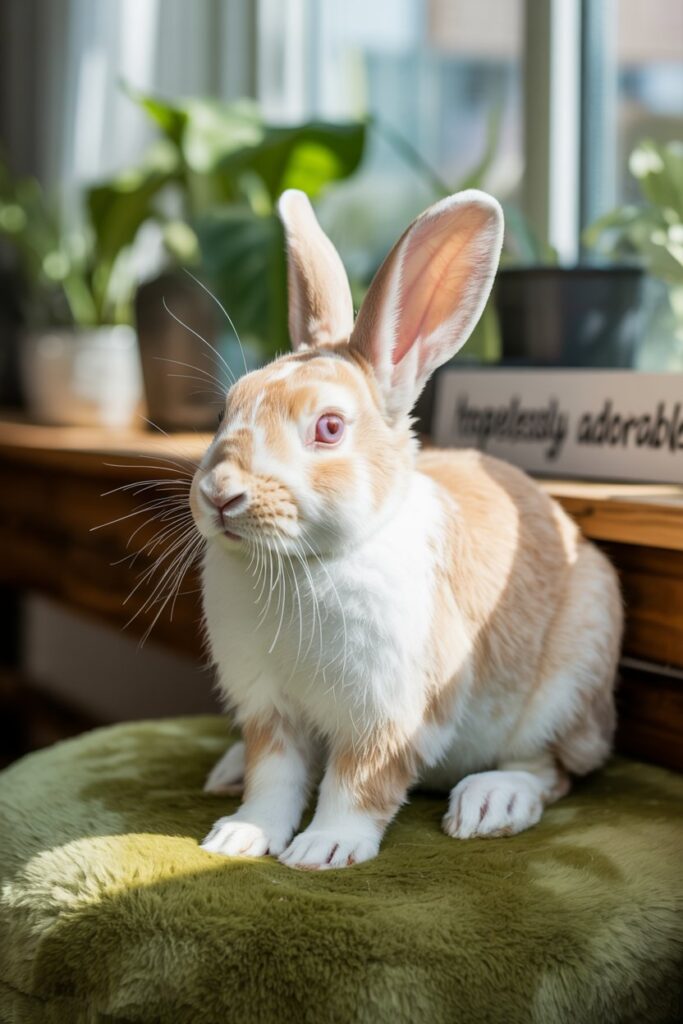
When trimming a rabbit’s nails, find the quick. It’s the pink part you should not cut. The quick has nerves and blood vessels, so cutting it can cause pain and bleeding. Trim a little at a time to avoid accidents.
With darker nails, spotting the quick can be hard. Use a flashlight to shine through the nail. This helps you see the quick better and prevents cutting too close.
Hold your rabbit gently but securely to keep it calm while trimming. If you’re unsure about cutting near the quick, ask a vet or professional groomer for help.
Shop trusted nail care tools for rabbits directly on Amazon
Trim the Nails
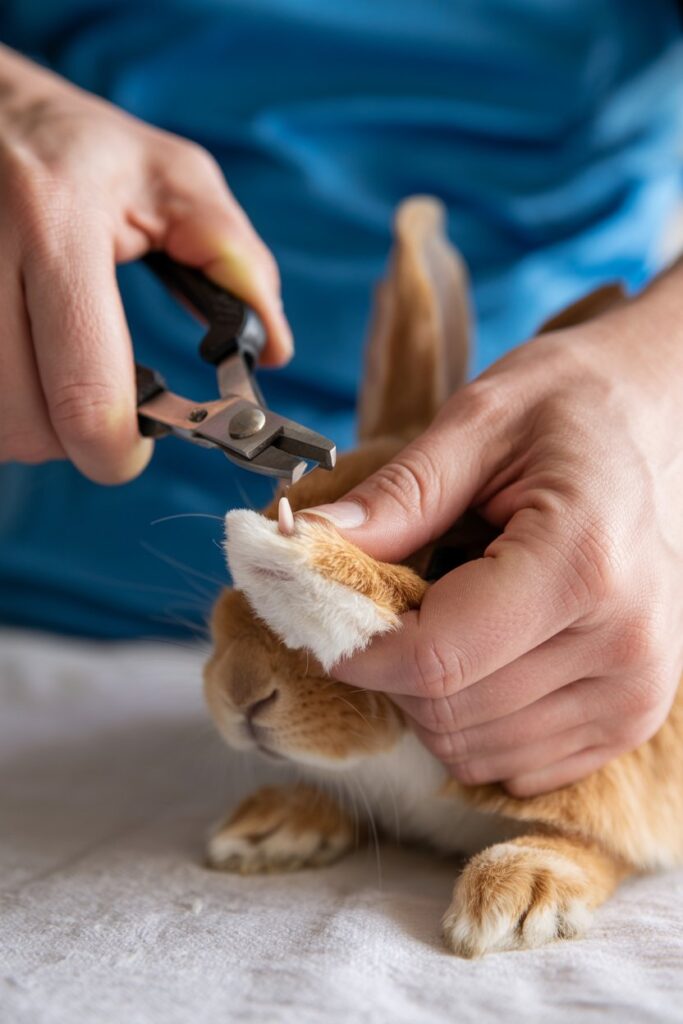
Gently trim the tip of each nail. Be careful not to cut too deep and hurt the quick. It’s important to stay patient and keep your rabbit calm with treats.
Start in a well-lit area so you can see the nails clearly. Hold your rabbit securely to avoid sudden movements. Using small animal nail clippers makes the job easier.
Regular trimming is key to preventing overgrowth. Overgrown nails can cause discomfort or health issues for your rabbit. Check and trim your rabbit’s nails every few weeks to keep them in good shape.
Check for Bleeding
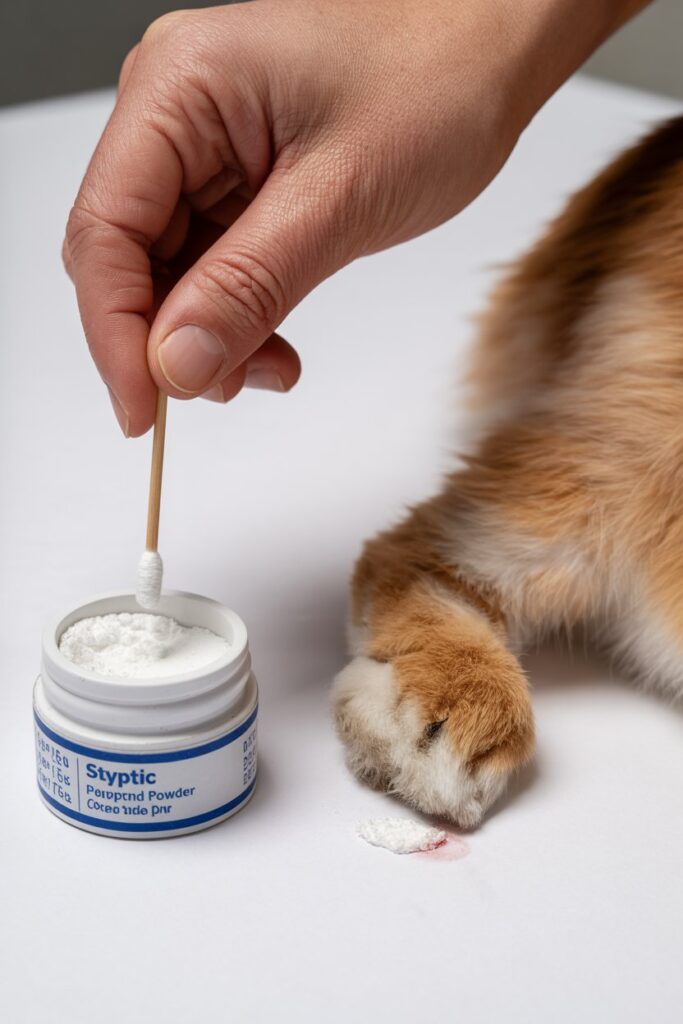
If you accidentally cut the quick while trimming your rabbit’s nails, it can bleed. Use cornstarch or styptic powder to stop the bleeding quickly. Stay calm and reassure your rabbit to help ease their stress.
After stopping the bleeding, give your rabbit a treat. This positive reinforcement can make future nail trims easier. Always keep cornstarch or styptic powder nearby when trimming.
Regular nail trimming is vital for your rabbit’s health. Long nails can cause discomfort and other health issues. If you’re unsure about trimming, ask your vet for a demonstration or guidance.
Find the perfect rabbit grooming essentials today on Amazon
Regular Maintenance

Regularly trimming your rabbit’s nails is key to avoiding pain and health issues. Overgrown nails can catch on things, causing injuries. To help your rabbit adjust, handle their paws often and give them treats.
Use small animal nail clippers for trimming. Have someone hold your rabbit securely while you trim gently. Avoid cutting the quick, the pink part of the nail. This keeps bleeding and discomfort at bay.
If you’re unsure about trimming, ask your vet to demonstrate. Regular trims also let you check your rabbit’s paws for injuries or infections, ensuring their health.
Conclusion
Trimming your rabbit’s nails may seem hard at first. With the right tools and techniques, it becomes easier.
Regular nail trimming is vital for your rabbit’s health and comfort. Follow these steps for a smooth experience for you and your bunny. If you’re unsure, ask a vet for help.
How Often Should I Trim My Rabbit’s Nails?
Most rabbits need nail trims every 4–6 weeks, depending on growth speed. Indoor rabbits often need more frequent trims than outdoor ones.
This is because they wear down their nails less. Regular checks help you prevent overgrowth, which can cause discomfort or health issues.
What Tools Do I Need To Trim My Rabbit’s Nails?
You’ll need small animal nail clippers, a towel to wrap your rabbit snugly, and treats for rewards. A flashlight helps you spot the quick in darker nails.
Keep styptic powder or cornstarch handy in case you accidentally nick the quick.
How Do I Keep My Rabbit Calm During Nail Trimming?
Begin in a quiet, calm space to lower stress. Wrap your rabbit gently in a towel and hold them securely. Speak softly and offer treats during and after the process. This makes future trims easier.
What Should I Do If I Cut The Quick?
If you cut the quick, stay calm. Quickly apply styptic powder or cornstarch to stop the bleeding. Comfort your rabbit and give it a treat afterward. This might startle your bunny, so take it slow next time to rebuild trust.
Can I Ask A Vet To Trim My Rabbit’s Nails?
Yes, many vets and groomers trim rabbit nails. This is a good choice if you’re unsure or if your rabbit gets anxious.
